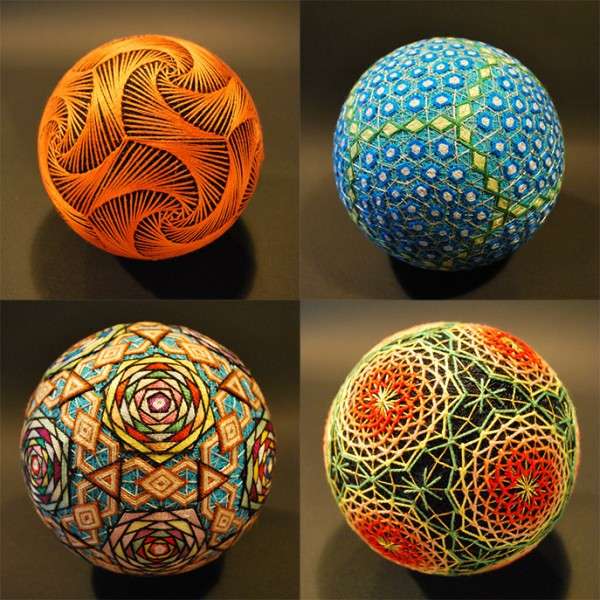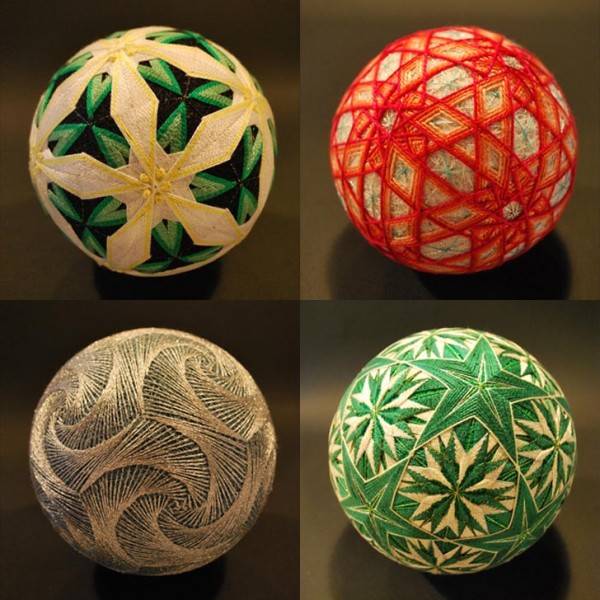
shirley niemans
week 1 principles & practices
Finally!!!
Jan 28 / The Fabacademy has kicked off! Today, me and eight other Amsterdam students enjoyed our first lecture by MITs Neil Gerschenfeld on principles and practices, including a fascinating history and plausible future of digital fabrication.
Assignment
"plan and sketch a potential semester project and build a personal site in the class archive describing you and your final project". Also, we need to get comfortable with the Mercurial version control system, which will allow us to keep our archives / websites in sync with the global Fabacademy repository. With many labs and 240 participating students across the world, small mistakes can have big consequences.
..................................................................................................................................................................................
Personal website
For my personal site, Jan 30 / I decided to use the open source code editor Brackets.io. It looks comprehensible and appealing to me, as opposed to the in-browser program Sea Monkey, which I also gave a try. Several years ago, I made a simple website to document my research at Utrecht University. I rather liked the clean look and the focus on content so I decided to reuse and tweak the HTML and CSS for my Fabacademy site. The old site had a rather busy weblog-style sidebar navigation, which I deleted and changed into a horizontal navigation bar that displays 'weekly assignments', 'final proposal' and 'about me'. The weekly assignments page functions as home, from where one can select a certain week. At first, this displayed as a long list of weeks and themes, but today I decided it would give a better idea of what we're doing here, if I offer a little preview picture. Also I managed to combine a table and a list so 'weekly assignments' now displays as two columns. Let's see how this works!

Version control
Understanding the way a distributed version control system such as Mercurial works has turned out to be quite a challenge, but it is a good one. The application is operable only from Terminal, Apple's OSX command-line interface, and involves getting to know the basic Unix commands that lay beneath the graphical user interface. An excellent skill to acquire but a bit of an effort learning from scratch. In the coming semester we will constantly be pushing and pulling data from the global Fabacademy repository though, so there is little celebration in failure on that end. Here's the way I learned to succesfully push and pull to the archive using Terminal. Just the basics;
- 1. In Terminal, change directory to the root folder of your fabacademy work, the one that has your name

- 2. Use the 'hg status' command to show the files that Mercurial doesn't know about (they are preceded with a '?') or files that have been modified or removed.

- 3. Use 'hg addremove' to add / remove these files.

- 4. Type 'hg commit -m "....." ' to confirm, and add a message (say which changes you just made).

- 5. Then type "hg pull" to pull the changes made by others in the archive into your repository.

- 6. As Mercurial prompts you, type 'hg merge' to merge these changes with yours.

- 7. Mercurial will now prompt you to commit these changes. Just say "merge" in the message.

- 8. Now use the 'hg push' command to push your freshly merged archive to the European Archive.

Unfortunately- I left my laptop in the bus a couple of days ago, along with the fresh repository clone that was on it. My employer has borrow me an older mac to use but unfortunately it won't let me install Mercurial. I will try to fix that but it will take some time. Meanwhile I can get my website up using a workaround, via Zaerc at Waag Society.
Feb 2 / Final project proposal
It feels premature to come up with a final project proposal in the first week of the course, but hopefully this first attempt will gradually evolve into something fabulous. Here's my first proposal sketch for "fab temaris"! Keep an eye on the final project page to see the proposal evolve. See description below the image.

As a mother of two very young children and a teacher of interactive media, I'm challenged by the idea of designing a toy that will inspire my two kids to play cooperatively - as opposed to beside eachother. Also, at this age, they are often completely in awe of objects that emit light, sounds, colour. Thinking about a toy that could invoke cooperative play in very young children, I imagine two objects that 'know' their distance from one another. Light, perhaps sound or colours change as the objects get closer and eventually even touch. The interaction and feedback should be simple enough for toddlers to understand that moving closer and changing position is what causes the change, and that it can be manipulated by them.


"Temari (meaning handball), is a Japanese folk art form of embroidering balls for handball games or just plain decoration. Back in the day (around 7th century AD), the spheres were made from old kimono remnants that were wadded up into a ball and then wrapped with strips of fabric. Over time, the process of constructing one transitioned into an art form with the colors and threads meant to wish the recipient of the gift a bright and happy life." (makezine.com)
The idea of the Japanese temari as a wish for a 'bright and happy life' seems fitting to me, also because of the personal relationship Japanese tend to have with technology. I was initially thinking of the objects as boxes, but recently I realised that the interaction as well as the in and output can be programmed to evolve with the childs age. For now I came up with three 'phases' of the objects and the interaction that is possible with them;
Phase 1: Toddlers - cooperative play, wonder, experimentation. Two beautifully decorated wooden balls that emit patterns of sound and light depending on their distance to one another. The balls might be touch-activated, or have multiple touch-sensors that allow for cooperative play with one ball, too, and for other outcomes with two balls touching eachother. Beacons perhaps to sense distance from eachother?
Phase 2: Age 4-8 (?) - motor skills. A recent Kickstarter campaign features smart basketballs, that could track a players dribble, throwing speed, arc... this technology might be implemented in the fab temari-balls and used for skill-games, such as throwing a curve, rolling towards eachother, accuracy... perhaps with an app to determine who has won.
Phase 3: Age 8-12 (?) - mind skills. Let's imagine a larger set of - say - 9 fab temaris in a box that are connected by an electronic grid, position can be measured, logged. Kids can play board games with it (that still have to be designed - tic-tac-toe-like games but more challenging and fitting to their age.
Questions
Ofcourse, this idea is in its infant state, not tested against reality at all yet. I'm very curious as to how it will evolve in the coming months. Pragmatic questions I can think of to tackle are; Which sensors are relevant, what texture, material should the balls be made of, how to make them kid proof and kid safe, how small can they be, how to make toddlers understand intuitively what to do, could they be touch activated...












